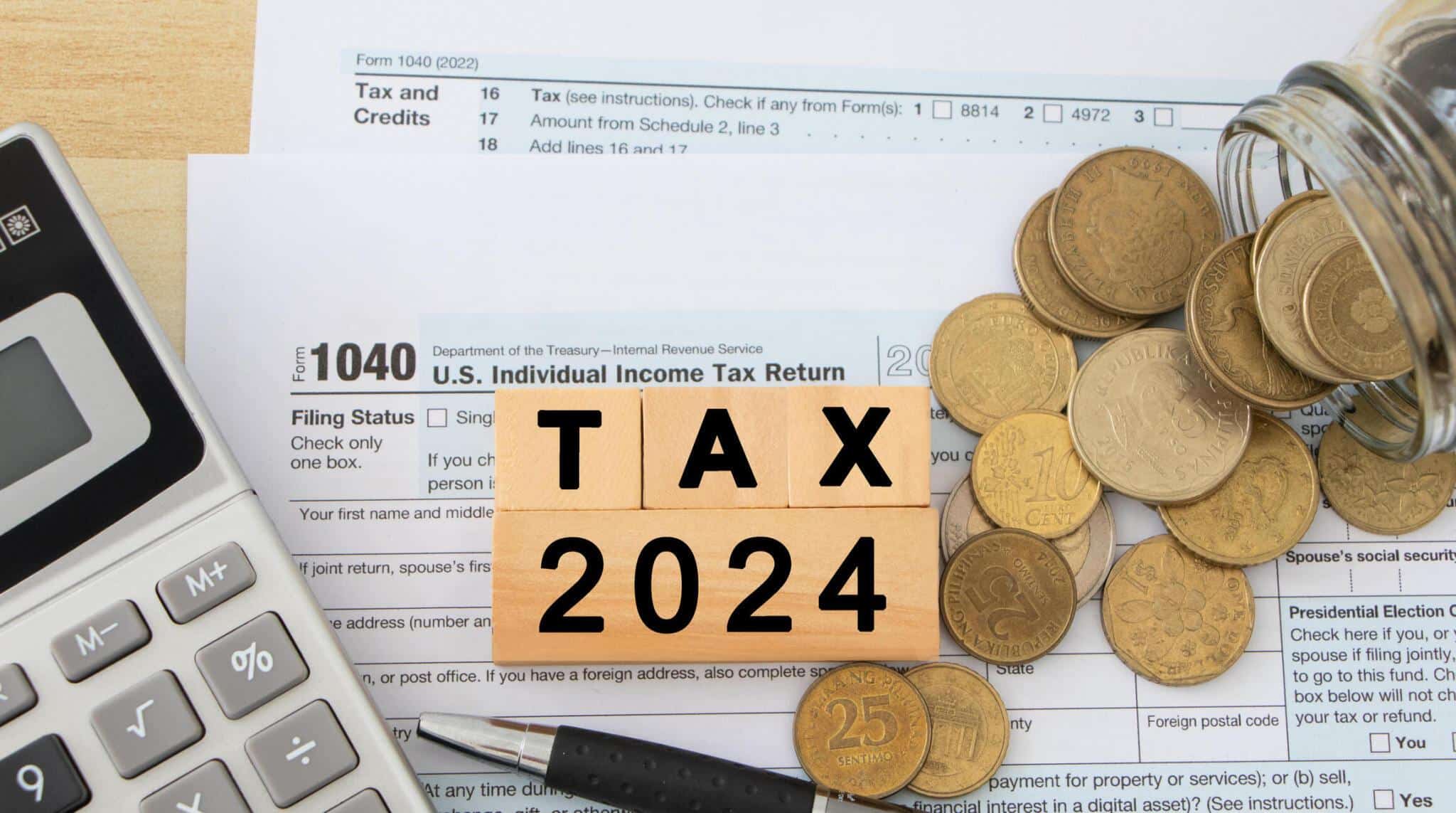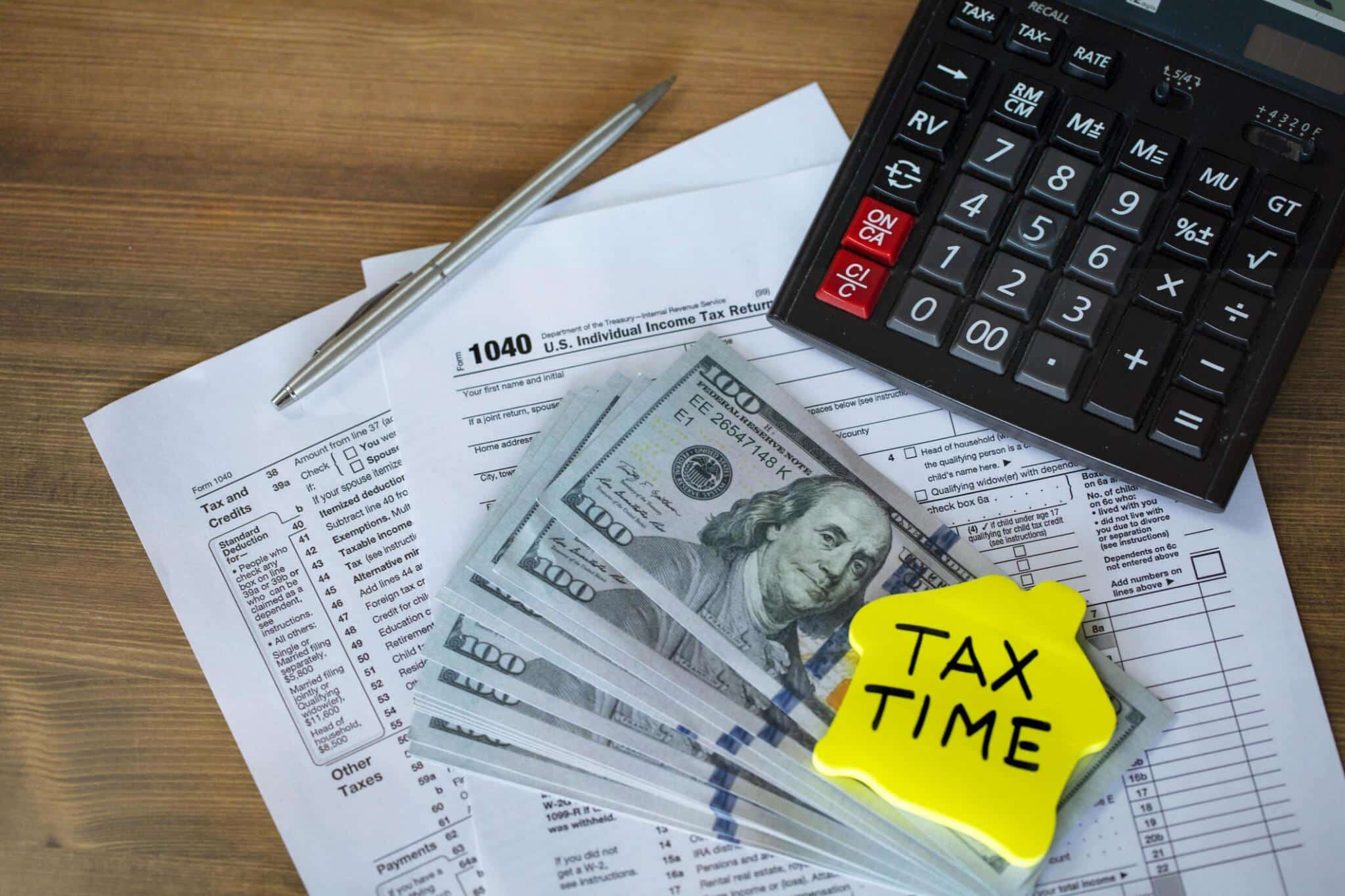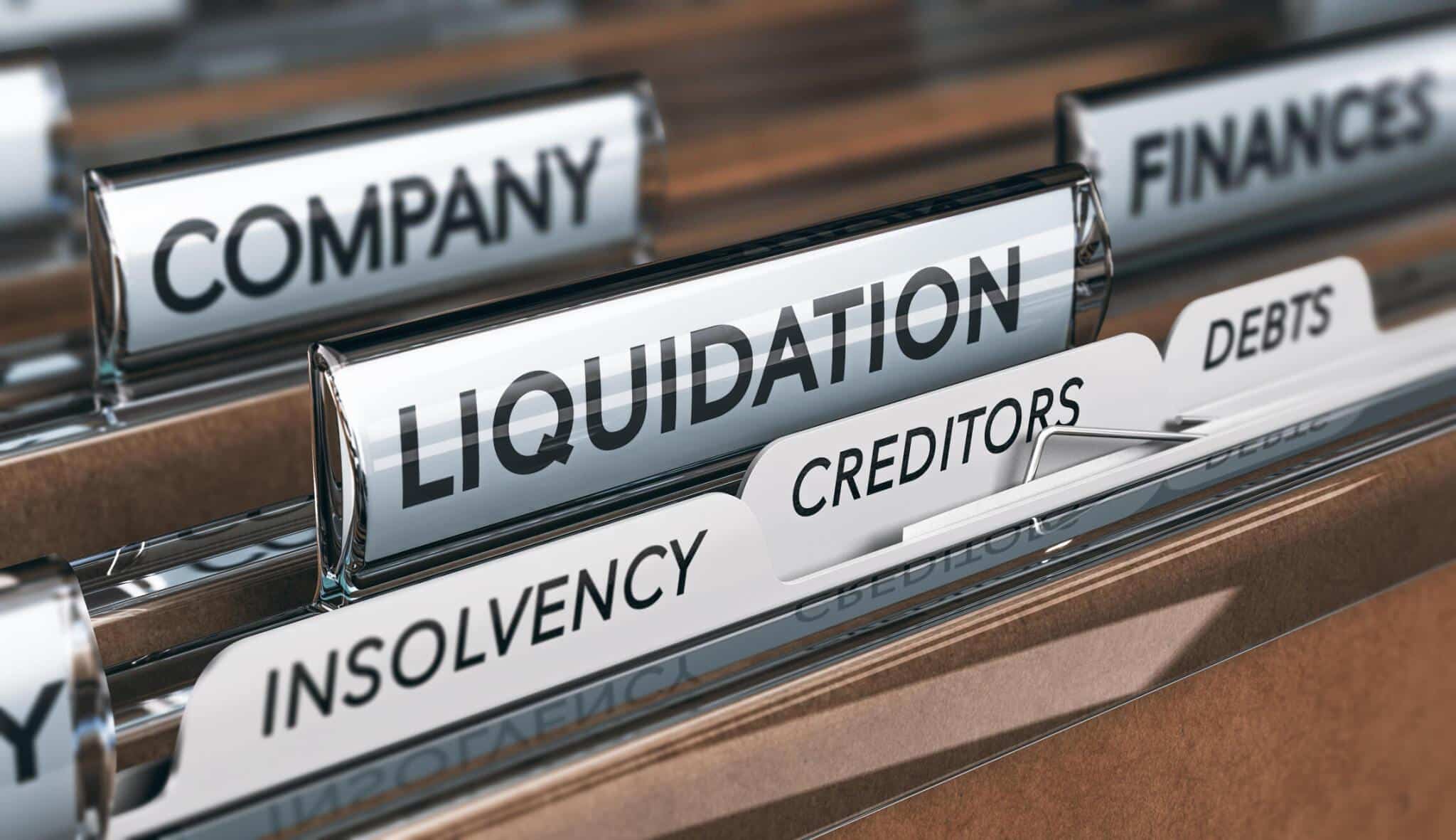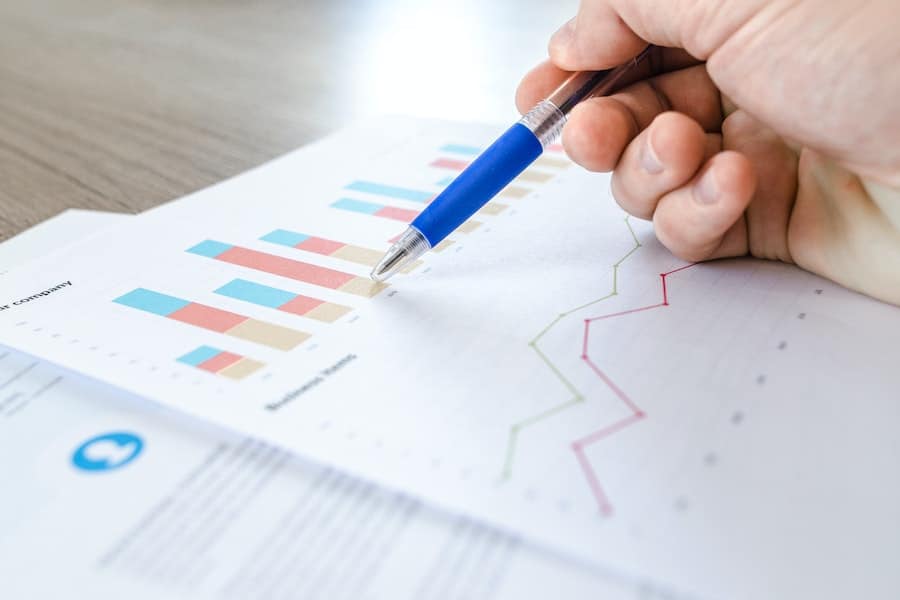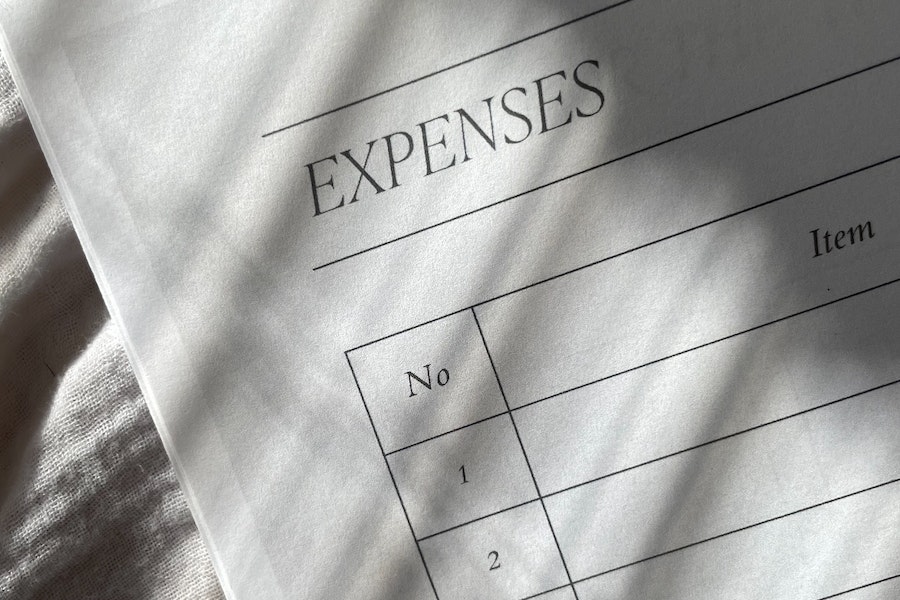If you are getting ready to file your company taxes for 2023 and have used funds from the company to lend money to yourself or other shareholders, it is important to understand the tax legislation referred to as Division 7A.
Division 7A was created to tackle the issue of some company directors and shareholders receiving loans from their business, but either failing to repay them or taking an extremely long time to do so.
It’s all a bit of a grey area because loaned money is not technically income and is, therefore, not subject to tax. However, the ATO needs to find a way to prevent people from taking advantage of this loophole. The purpose of Division 7A is to ensure profits and assets given to shareholders by private companies fall into the right tax categories.
Defining a loan
The Australian Taxation Office (ATO) defines loans under Division 7A as any advance of money, provision of credit or financial accommodation, payment for a shareholder or their associate with an obligation to repay the amount, or any transaction that is the same as a loan of money.
Division 7A does not mean that lending money to shareholders is prohibited. However, businesses and their accountants need to take steps to ensure that their activities comply with Division 7A rules to avoid hefty tax rates. If a loan made by a business to a shareholder is not Division 7A compliant, it will be classified as income and taxed at rates that can go up to 47%.
There are exceptions to Division 7A rules, and the frustrating thing for business owners is that they change frequently.
For instance, a loan that is fully repaid in a year won’t necessarily trigger Division 7A. This means you can effectively use your business to give yourself an interest-free loan. A shareholder also won’t have to pay additional tax if your business gives them money as a result of a loan they provided in the past. There are also exceptions when a debt is forgiven because the shareholder in question has become bankrupt.
Then there are loans that are treated as dividends. A private company may be taken to have paid a dividend at the end of the income year, if it lends an amount during the year, and:
- the borrower is a shareholder, or an associate of a shareholder, of the company
- a reasonable person would conclude that the loan was made because the borrower was a shareholder, or an associate of a shareholder, at some time.
Again, exceptions and exclusions apply. For example, if a company lends money to a shareholder and the terms are less than seven years, it will not be treated as a dividend. Some loans can also be refinanced without resulting in a deemed dividend.
Will your loans trigger Division 7A?
Figuring out how a loan from your business to yourself or to a shareholder will be taxed requires an understanding of the different rules and requirements as well as some financial formulas. The ATO page explaining everything in detail is over 7,000 words long… it’s no wonder you need a tax accountant.
Australian financial experts are pushing for Division 7A reform, with the goal of making it easier for everyone to understand and comply with the rules. In the meantime, ask your tax accountant to explain Division 7A to ensure any loans made to shareholders don’t end up being subjected to excessive tax.
If you are a shareholder or business owner who wants to borrow money without being penalised by the tax department, speak to a tax accountant at Mobbs & Co today.



